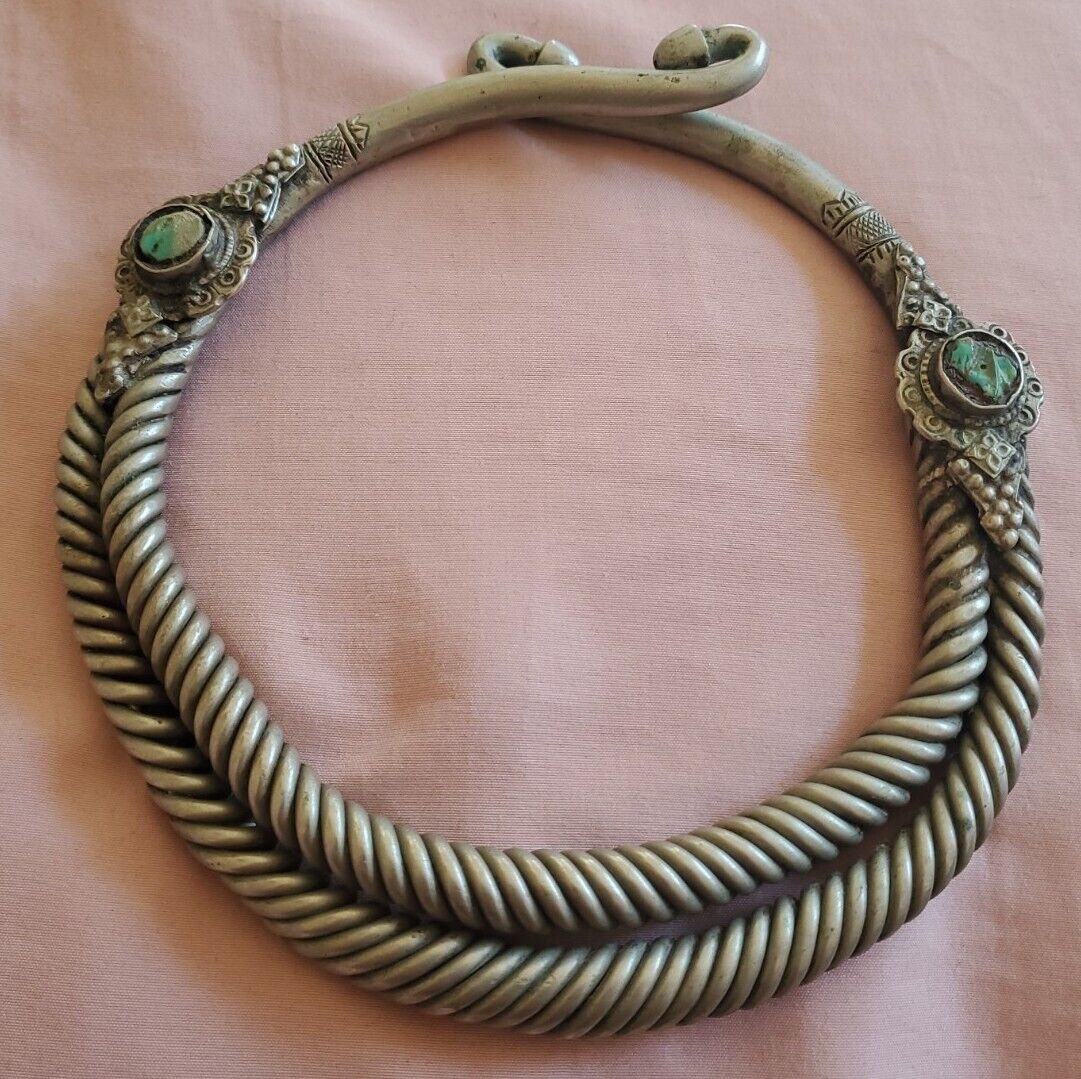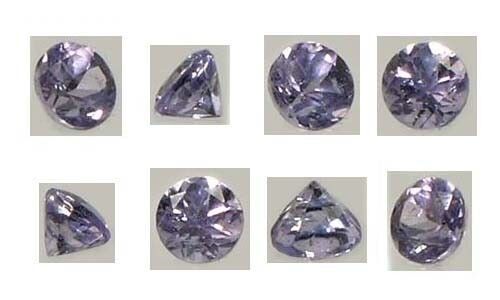-40%
Art African Twin Venavi 1695
$ 98.91
- Description
- Size Guide
Description
Ref: sf-1695Height: 22cm
Product Description
Twin Venavi from Togo. Old piece over 50 years old. Piece on plinth.
The region of South Togo and South Ghana has the particularity of seeing the birth of many twins. The exact reason for this phenomenon is unknown. Mortality is important in this case. This gives rise to the production of curious wooden statuettes which represent the deceased twins.
On the east coast of the Gulf of Benin, a birth is a happy event that takes place in the context that links life to death. The belief in reincarnation is still strong, despite the influence of Christianity. When a child is born, you have to listen to the ancestors speak through diviners or those who practice necromancy. There are certain births to which special attention should be paid. It is the births that come "feet in front". They should be venerated so as not to attract the wrath of these "demigods" on one's home.
The birth of twins, twins or triplets is just as loaded with meaning. Multiple births, in the maternity ward or in the hospital, or more naturally among traditional birth attendants, are frequent in this region. We necessarily ask questions. Were they born naturally, presenting head first? Did either of them show their feet first? Who came out first? The child's first name depends on these corollaries. The diviner determines "the tree from which the babies came down." Is the twinning lineage paternal or maternal? A representative of the lineage questions the babies: “Strangers, you don't have any names yet, have you come to visit us or are you staying with us? If it is to visit us, you can leave immediately, but if it is to join us, you are welcome ”. He then makes a libation. This recurs for eight to sixteen days after the soothsayer's decision. Then comes the rite of going out to the twins' village. In the morning the parents go into the bush, near the house, to pick herbs for the ceremony. They symbolize the bush where arrows, quivers and hoods are made that everyone uses in everyday life. On their return they perform songs in which the bravery and valor of the twins are exalted. Dances are performed around a bushel.
Everyone places the picked herbs. A boy, if it's twins, a girl, if it's twins, or a boy and a girl if it's fraternal, bring the babies out. The children are placed on the bushel and the herbs. Their father enters the circle and the babies are placed on his head in the basket. If they have not been offended, the father can dance with the basket on his head without dropping one of them. But if one of them is in danger of falling, the dancers stop and we sacrifice two roosters or two hens, depending on the sex of the children.
After this ritual, it is the parents' duty to raise an altar where the babies will come to “eat and drink”. It consists of a small terracotta pot called a bozi; two slightly larger jars that can hold half a liter of water; a sum of 3 x 35 FCFA; a small knife of traditional manufacture; cowry shells; of a palm branch; of white, red and black fabric; two roosters or two hens, depending on the sex of the babies; one liter of palm oil; of red bean. The godfather proceeds to raise the altar with kneaded earth, which sometimes causes nausea. To grasp something for the constitution of this altar, you have to plunge your hand into one of the pots. You have to be initiated, otherwise you will become vodun all your life.
The premature death of the twins Twins are beings who must be taken care of, otherwise they may leave you to "go get firewood". That is to say die. They return to the tree from which they came. When one or more twins die, the parents should not cry. To manifest their presence among humans, they must be represented by a statuette. In her travels, the mother must keep this statuette with her. At home, during the meal, we must leave in a dish, in front of the statuette, some of the food that the child's soul will come to eat. If the mother dies, a member of the line should periodically feed these children who are not really dead. Red bean is prepared for this with a lot of palm oil. We often choose Friday to make these sacrifices.
Piece delivered with an invoice and a certificate of authenticity.
african art african masks
African art african tribal art arte africana afrikanische kunst
The birth of twins, twins or triplets is just as loaded with meaning. Multiple births, in the maternity ward or in the hospital, or more naturally among traditional birth attendants, are frequent in this region. We necessarily ask questions. Were they born naturally, presenting head first? Did either of them show their feet first? Who came out first? The child's first name depends on these corollaries. The diviner determines "the tree from which the babies came down." Is the twinning lineage paternal or maternal? A representative of the lineage questions the babies: “Strangers, you don't have any names yet, have you come to visit us or are you staying with us? If it is to visit us, you can leave immediately, but if it is to join us, you are welcome ”. He then makes a libation. This recurs




















